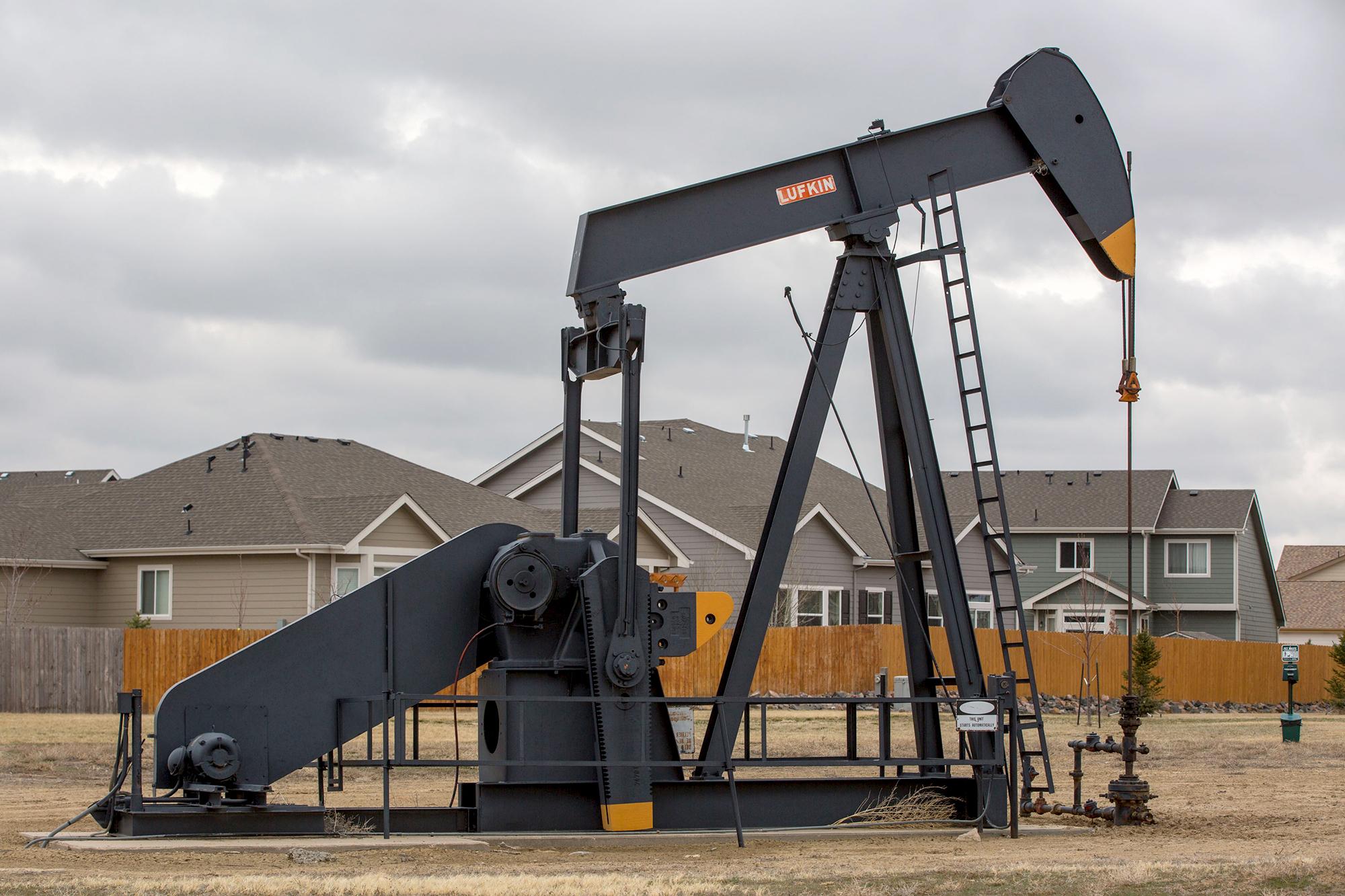
A new University of Colorado Anschutz study finds that mothers living near more intense oil and gas development have a 40 to 70 percent higher chance of having children with congenital heart defects.
Researchers studied 3,324 babies born in Colorado from 2005 to 2011. The study’s lead author is Dr. Lisa McKenzie, an assistant research professor at the Colorado School of Public Health. She said the research found that more children were being born with congenital heart defects in areas that had the highest intensity of oil and gas activity then in areas with lower intensity or no oil and gas wells.
McKenzie said that babies with congenital heart defects are at a higher risk of dying in their first year.
“And surviving children are more likely to have continuing issues as they go into adulthood that stay with them for their entire lives,” McKenzie said.
According to the paper, Colorado’s rate of congenital heart defects is more than twice the national rate — almost 19 cases per 1,000 births. Congenital heart defects are the most common birth defect in the United States.
This study’s goal was to address the limitations of a 2014 study, also led by McKenzie, that found a 30 percent increase of risk of congenital heart defects in infants living near natural gas wells. The earlier study treated all wells around the mothers’ homes the same, instead of accounting for intensity of development and production. The 2014 study also didn’t specifically look at where the mother lived during the second month of pregnancy.
“That’s when it’s thought that congenital heart defects start to form,” McKenzie said.
The original study also included congenital heart defects that might have been a result of genetic defect. Those births were excluded from the new 2019 study.
The new, peer-reviewed study was published in the journal Environmental International. A review by an independent scientist of the study’s methods said it used robust statistical measures, and addressed the limitations of the earlier study as best as possible.
The Colorado Department of Public Health and Environment provided data on the mothers and their babies. CDPHE Environmental Program Director John Putnam said the agency is currently reviewing results and unable to speak to the study yet.
“This is an extremely important topic to the department,” said a CDPHE statement. “With the oil and gas industry, the laws continue to change and evolve, and it’s important that our health research keep up and that we look at data from the current landscape.”
The Colorado Oil and Gas Association also released a statement, saying that the data McKenzie used is outdated.
“Data that has no relevance to current regulations or to the common practices used by today’s operators,” the statement reads.
COGA also notes that CDPHE studied over 10,000 air samples near oil and natural gas development, and found that “all measured air concentrations were below short and long-term ‘safe’ levels.”
But in that same 2017 report, CDPHE calls for further research, saying the results “indicate the need for more detailed exposure monitoring and systematic analysis of health effects of residents living near oil and gas operations.”
The American Heart Association funded McKenzie’s research.









